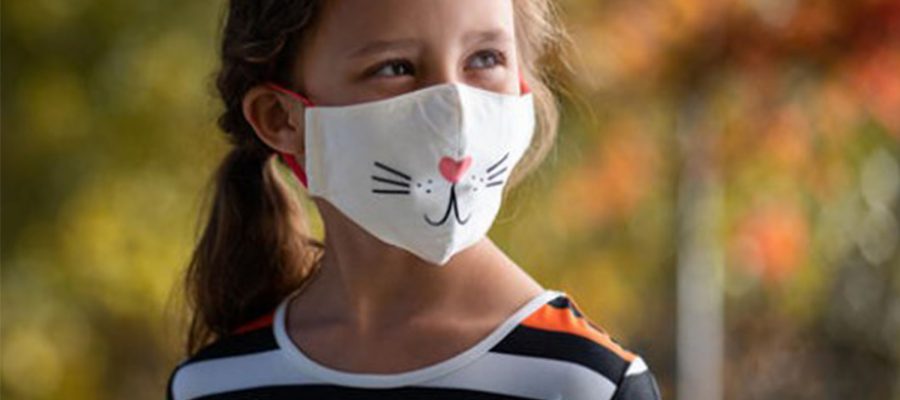Daylight Savings Time, love it or hate it, ends this Sunday Nov. 1 at 2 a.m. The intention behind the changing of the clocks was to conserve energy used for lighting during both World Wars, but an unintended consequence of that adaptation is an increase in crashes.
According to the National Institutes of Health, the day after Daylight Savings Time is one of the most dangerous days to drive. And the darker days place pedestrians at an increased risk as well.
To bring awareness this October during the first ever National Pedestrian Safety Month, the Office of Highway Safety (OHS) developed and implemented a media plan aimed at keeping roadways safe for both motorists and pedestrians.
“The concept was to create a clever outreach campaign that engaged drivers, especially as they travel through school zones,” said OHS Grants Officer Denise Dinnauer. “Young drivers were our main focus this month as they are new to driving and the surprises you can encounter behind the wheel.”
To target the younger demographic, OHS focused on social media platforms like Snapchat, Instagram and Facebook. They placed videos like this 25 second animated video appealing to teenage drivers illustrating how life is full of surprises. For instance, a good surprise is finding $20 in your jeans where a bad surprise is a kid coming out of nowhere in a school zone.
Along with animated videos boosted posts on Facebook and Instagram, as well as interactive quizzes, encouraged drivers to look out for pedestrians even if masks may look different this year.
“At one time or another everyone is a pedestrian,” Dinnauer explained. “As drivers, whether we have a lot of experience, or are just starting out, it’s our job to watch out for our neighbors so we can all enjoy walking or biking safely in our communities.”

